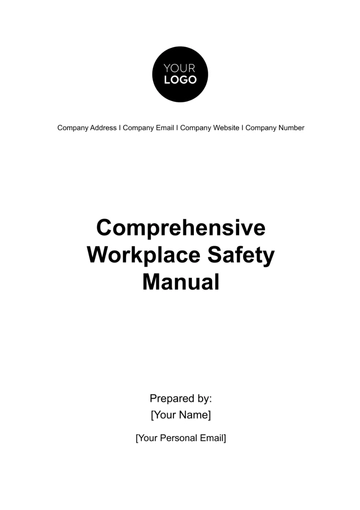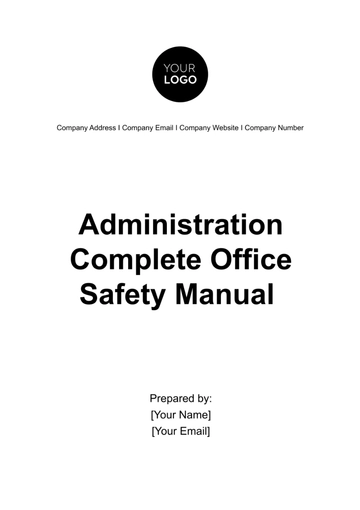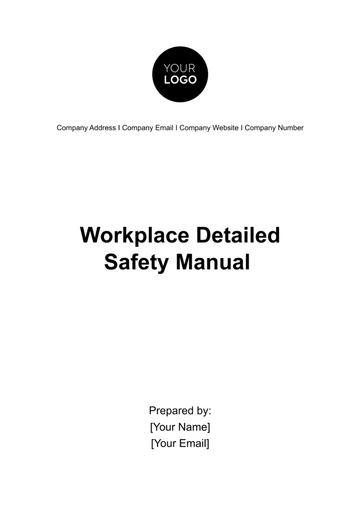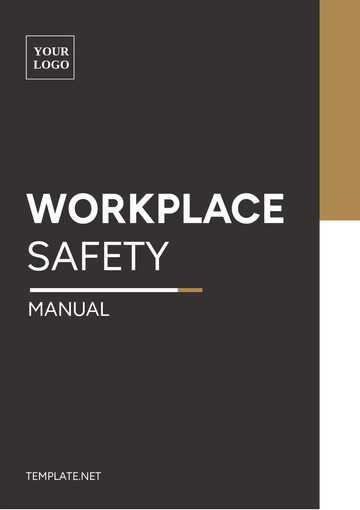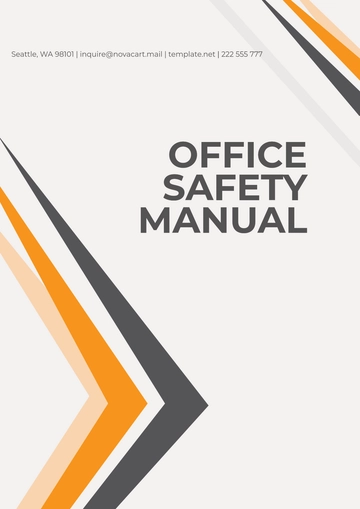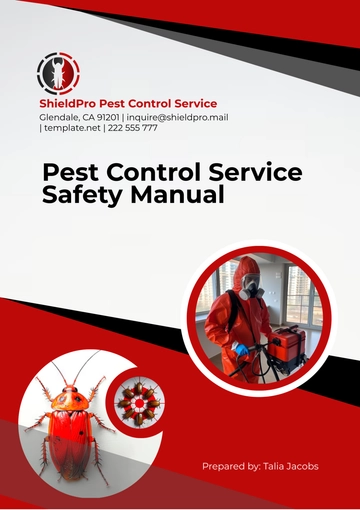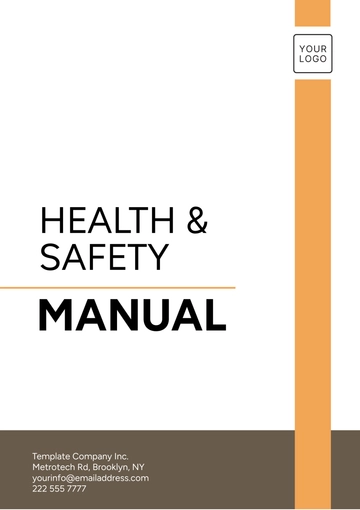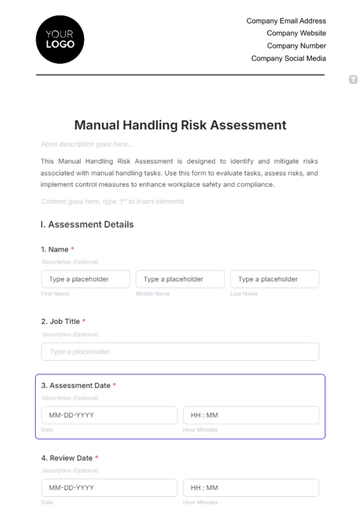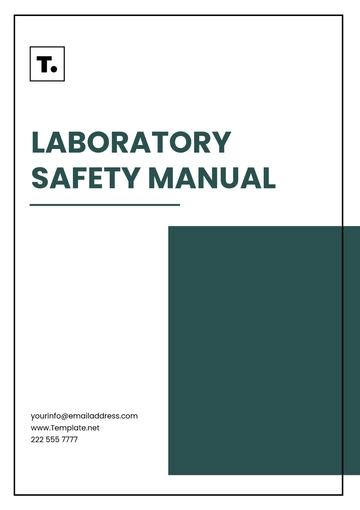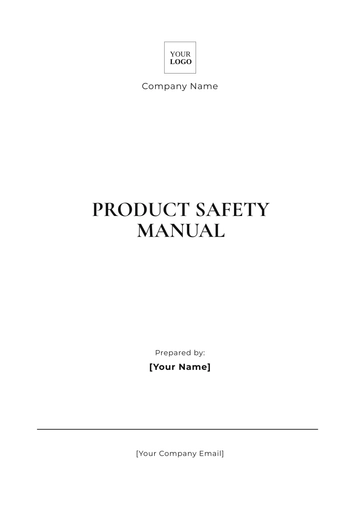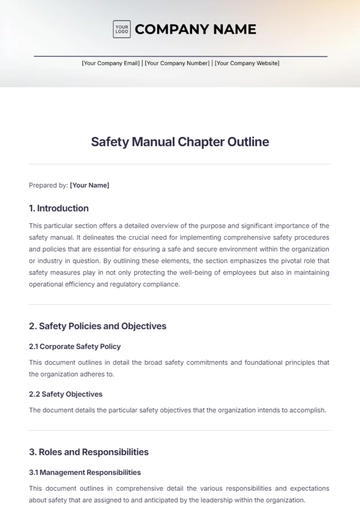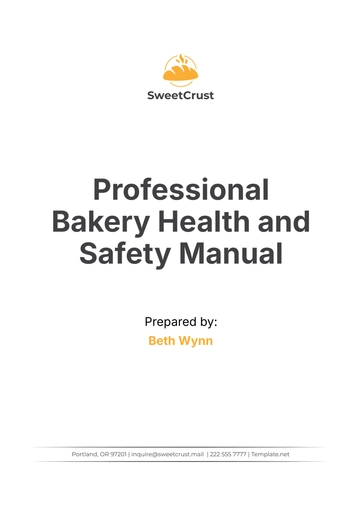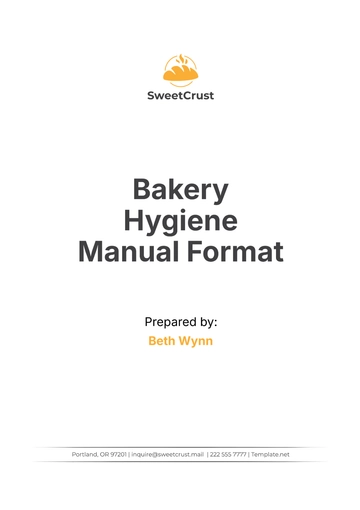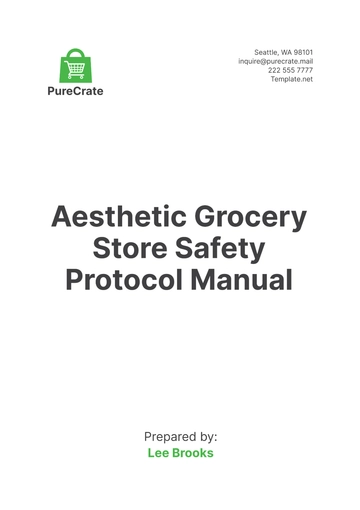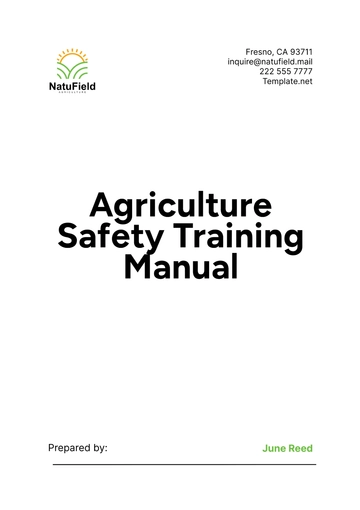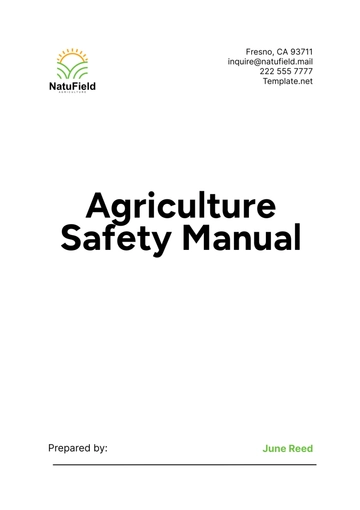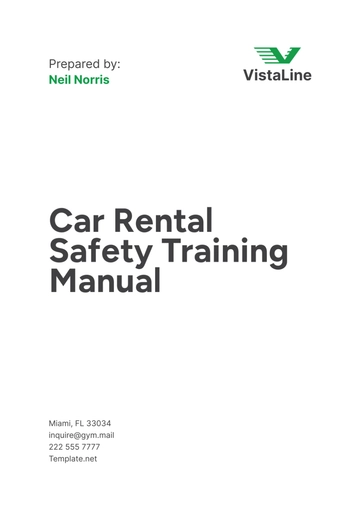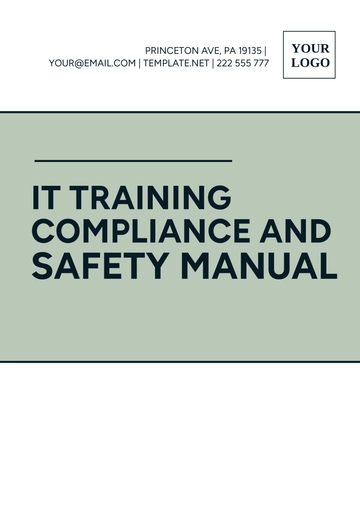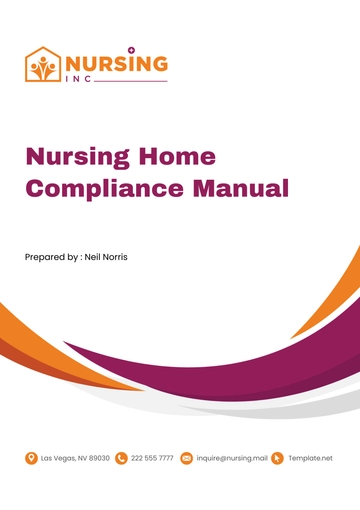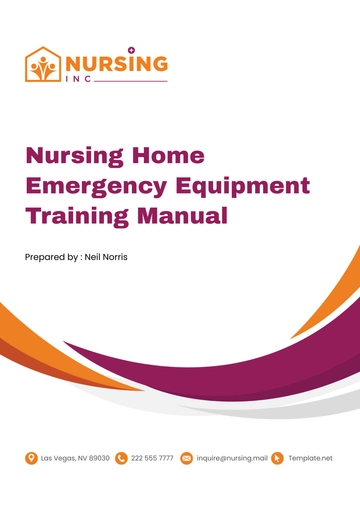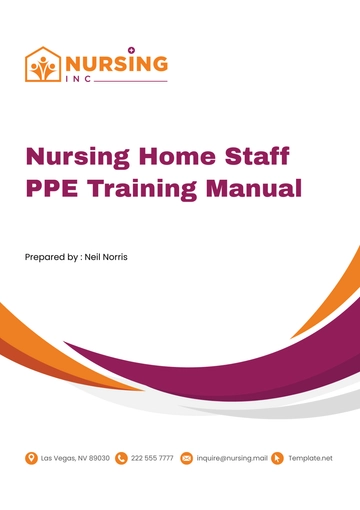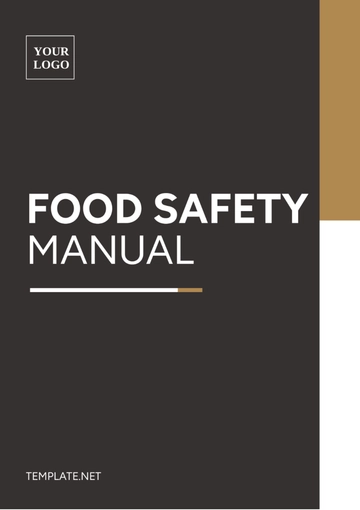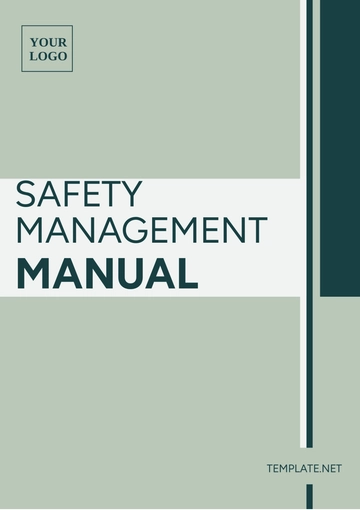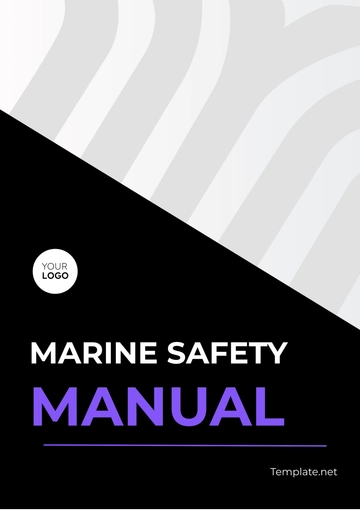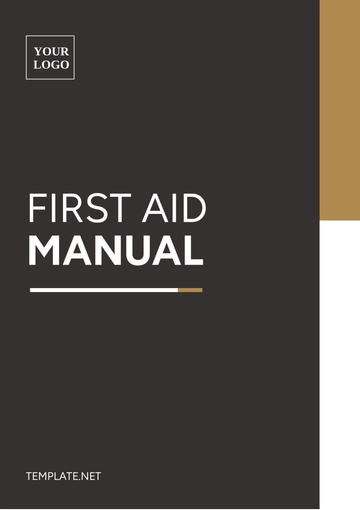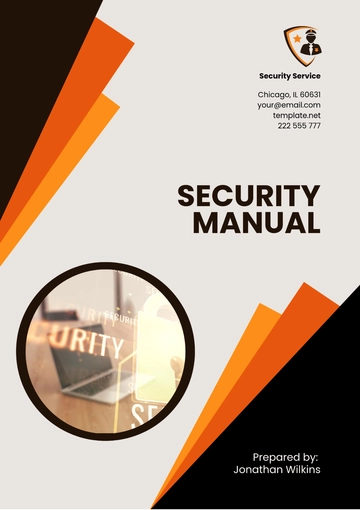Free Health & Safety Committee Policy & Procedure Manual
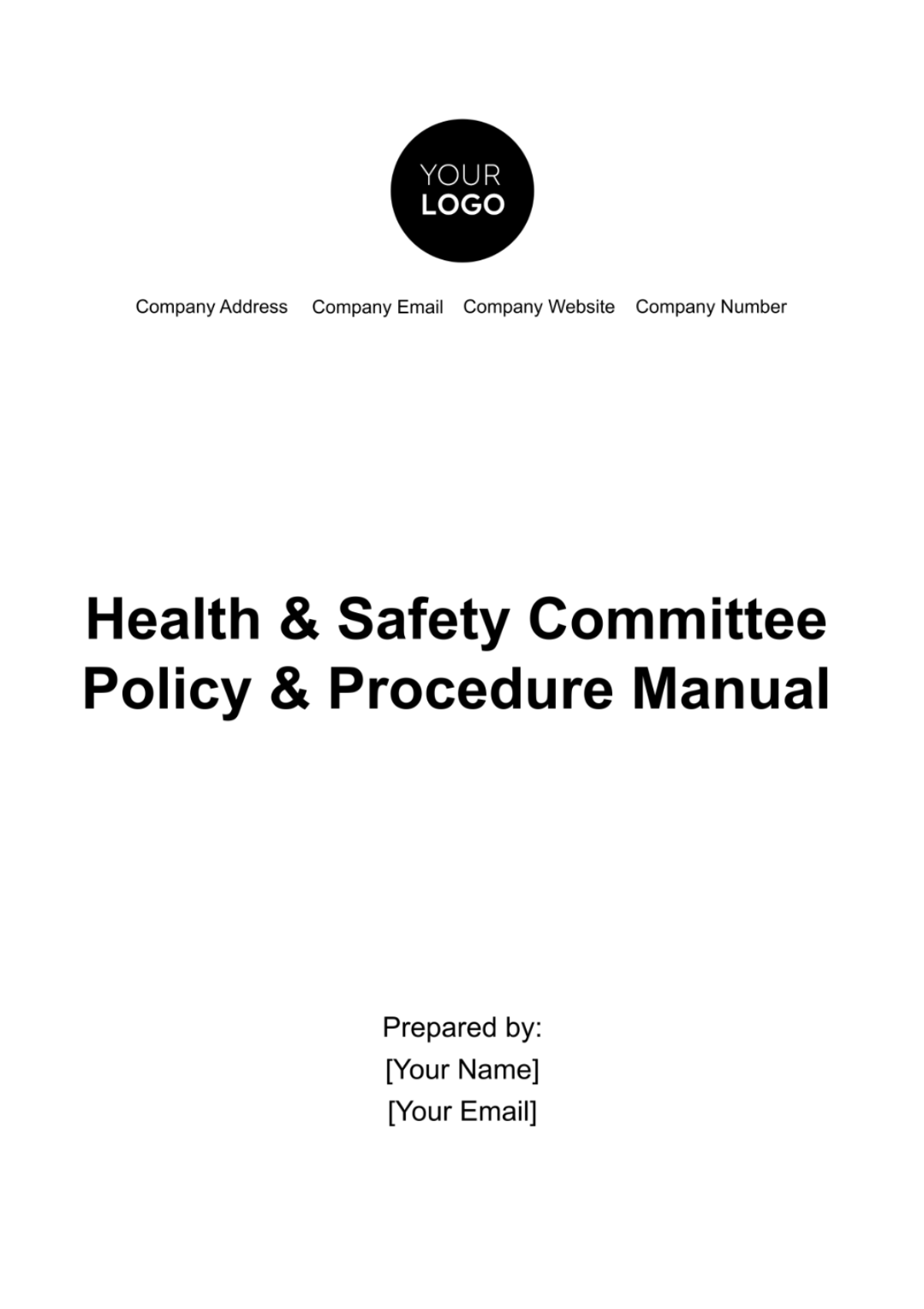
I. Introduction
A. Purpose of the Health & Safety Committee
The Health & Safety Committee (the Committee) is established to promote and maintain a safe and healthy work environment for all employees, contractors, and visitors of [Your Company Name]. The Committee aims to ensure compliance with applicable health and safety laws and regulations.
B. Scope of the Manual
This manual applies to all employees and individuals associated with [Your Company Name], outlining the responsibilities, procedures, and guidelines set forth by the Health & Safety Committee.
C. Commitment to Health & Safety
[Your Company Name] is committed to fostering a culture of safety, and the active participation of employees in the Health & Safety Committee is crucial to achieving this goal. Employees are encouraged to contribute to the continuous improvement of health and safety practices within the organization.
II. Committee Structure and Membership
A. Composition of the Health & Safety Committee
The Health & Safety Committee is composed of representatives from various departments and levels within the organization. Committee members are appointed based on their commitment to safety and their ability to contribute effectively.
B. Leadership and Officers
The Committee elects a Chairperson, Vice Chairperson, and Secretary to lead its activities. Each officer has specific duties and responsibilities to ensure the efficient functioning of the Committee.
C. Meetings and Communication
The Committee meets on a monthly basis, and additional meetings may be scheduled as needed. Communication within the committee is facilitated through regular email updates, meetings, and designated communication channels.
III. Authority and Decision-Making
A. Decision-Making Process
The Health & Safety Committee operates on a foundation of inclusive decision-making, emphasizing transparency, collaboration, and shared responsibility. The decision-making process is designed to harness the collective expertise of committee members and ensure that diverse perspectives are considered. Key aspects of our decision-making framework include:
Consensus-Building: Decisions are reached through a consensus-building approach, encouraging open dialogue and the incorporation of varied viewpoints. This ensures that decisions reflect a holistic understanding of the organization's health and safety needs.
Informed Decision-Making: Committee members are encouraged to base their decisions on data, analysis, and expert insights. This commitment to informed decision-making allows the Committee to address challenges with precision and effectiveness.
Risk-Based Decision-Making: When assessing and addressing hazards or implementing safety measures, the Committee adopts a risk-based approach. This involves prioritizing actions based on the level of risk to the well-being of employees and the organization.
Continuous Improvement: The decision-making process is subject to regular review and improvement. Feedback from committee members and stakeholders is actively sought to refine the decision-making framework and enhance its efficiency.
B. Reporting Lines
Clear lines of communication and reporting are essential for the effectiveness of the Health & Safety Committee. The Committee operates within a structured reporting framework to ensure that its recommendations and activities are appropriately communicated:
Reporting to Management: The Committee reports its findings, recommendations, and activities to [Management Representative], who serves as the liaison between the Committee and organizational management. This reporting ensures that management is informed and can provide necessary support for health and safety initiatives.
Communication with Employees: Transparent communication with all employees is a priority. Regular updates, newsletters, and designated communication channels are utilized to disseminate information about the Committee's activities, decisions, and the broader health and safety landscape.
3. Feedback Mechanisms: To foster a culture of open communication, the Committee encourages feedback from all stakeholders. Employees are invited to share their perspectives, concerns, and suggestions, creating a feedback loop that strengthens the collaborative decision-making process.
4. Escalation Procedures: In instances where consensus cannot be reached or where urgent decisions are required, the Committee has established escalation procedures. These procedures outline the steps for elevating issues to higher levels of management for resolution.
IV. Responsibilities of the Health & Safety Committee
A. Risk Assessment and Hazard Identification
The Committee conducts regular workplace inspections to identify and assess potential hazards. Employees are encouraged to report hazards promptly, and the Committee ensures that corrective actions are taken.
B. Incident Reporting and Investigation
Procedures for reporting accidents, near misses, and injuries are outlined. The Committee oversees the investigation process, ensuring thorough analysis and documentation of incidents.
C. Emergency Response
The Committee plays a key role in the development and review of emergency procedures and evacuation plans. During emergencies, committee members have designated responsibilities to ensure the safety of all individuals on the premises.
V. Training and Education
A. Training Requirements for Committee Members
Committee members receive initial training upon appointment and participate in ongoing professional development opportunities. Training resources and materials are made available to support their roles effectively.
B. Employee Training
All employees undergo general safety awareness training, with additional specialized training provided based on job roles and specific tasks. Training programs are regularly reviewed and updated as needed.
VI. Communication and Documentation
A. Internal Communication
The Committee communicates health and safety information through regular updates, newsletters, and designated communication channels. Important information is disseminated promptly to all relevant stakeholders.
B. Record Keeping
Comprehensive records are maintained for all Committee activities, including meeting minutes, inspection reports, and incident documentation. Data retention policies ensure the secure storage of records for the required period.
VII. Legal Compliance
A. Compliance with Health and Safety Regulations
The Health & Safety Committee is committed to upholding the highest standards of health and safety in compliance with all applicable local, state, and federal laws and regulations. To ensure ongoing adherence, the Committee:
Regularly monitors changes in health and safety legislation.
Collaborates with legal professionals to interpret and understand the implications of new or revised regulations.
Conducts periodic internal audits to assess compliance with regulatory requirements.
Implements corrective actions promptly to address any identified compliance gaps.
Maintains open communication with relevant regulatory bodies and participates in consultations as needed.
B. Legal Consultation and Updates
The Committee recognizes the importance of legal expertise in navigating the complex landscape of health and safety regulations. To facilitate compliance and stay abreast of legal developments, the Committee:
Engages legal professionals with expertise in occupational health and safety.
Seeks legal consultation on an ongoing basis, particularly during the development or modification of health and safety policies and procedures.
Participates in industry-specific legal forums, conferences, or workshops to stay informed about emerging legal trends.
Communicates legal updates to the Committee members and the wider organization, ensuring a collective understanding of legal obligations.
Maintains a repository of relevant legal documents and interpretations for reference and documentation purposes.
VIII. Continuous Improvement
A. Review and Evaluation
The Health & Safety Committee is dedicated to continuous improvement to enhance the effectiveness of health and safety practices within [Your Company Name]. To achieve this, the Committee:
Conducts regular reviews of its structure, processes, and achievements.
Solicits feedback from Committee members, employees, and other stakeholders to identify areas for improvement.
Utilizes performance metrics, incident trends, and audit results to assess the impact of health and safety initiatives.
Collaborates with external experts, as needed, to gain insights into best practices and industry benchmarks.
Develops action plans based on review findings, outlining specific goals, timelines, and responsible parties for improvement initiatives.
B. Policy and Procedure Updates
The Health & Safety Committee recognizes that the dynamic nature of workplaces and regulatory environments requires continuous adaptation of policies and procedures. Therefore, the Committee:
Establishes a systematic and scheduled process for reviewing and updating policies and procedures.
Involves relevant stakeholders, including employees and management, in the review process to gather diverse perspectives.
Communicates updates transparently, providing training and resources to ensure a smooth transition to new policies and procedures.
Monitors the effectiveness of implemented changes and makes adjustments as necessary.
Documents the rationale and outcomes of policy and procedure updates for future reference and accountability.
IX. Conclusion
A. Acknowledgment of Committee Members
[Your Company Name] extends its heartfelt appreciation to the dedicated members of the Health & Safety Committee for their unwavering commitment to fostering a culture of safety within our organization. Their tireless efforts in promoting and maintaining a safe and healthy work environment have a profound impact on the well-being of our employees and the success of our operations.
B. Recognition of Achievements
The Committee's achievements, whether in the form of successful hazard mitigations, proactive safety initiatives, or effective emergency responses, underscore its invaluable contribution to the overall safety ethos of [Your Company Name]. The proactive nature of the Committee in continuously striving for improvement serves as an inspiration to us all.
C. Employee Involvement
We extend our gratitude to all employees who actively participate in and support the Health & Safety Committee's initiatives. Your engagement, vigilance, and commitment to safety contribute significantly to the success of our collective efforts in maintaining a secure and healthy workplace.
D. Ongoing Commitment
As we acknowledge past accomplishments, we also recognize that the journey to a safer workplace is ongoing. The Health & Safety Committee remains resolute in its dedication to continuous improvement, responsive action, and the highest standards of legal compliance.
E. Collaboration for a Safer Future
[Your Company Name] reaffirms its commitment to collaboration between the Health & Safety Committee, management, employees, and other stakeholders. By working together, we can proactively identify emerging risks, implement effective safety measures, and foster an environment where everyone feels empowered to contribute to the well-being of themselves and their colleagues.
F. Future Vision
Looking ahead, [Your Company Name] aspires to not only meet but exceed health and safety standards, setting new benchmarks within our industry. We envision a workplace where safety is ingrained in every aspect of our operations, reflecting our commitment to the health, happiness, and success of our valued workforce.
- 100% Customizable, free editor
- Access 1 Million+ Templates, photo’s & graphics
- Download or share as a template
- Click and replace photos, graphics, text, backgrounds
- Resize, crop, AI write & more
- Access advanced editor
Introducing Template.net's Health & Safety Committee Policy & Procedure Manual Template. This editable and customizable tool offers comprehensive policies and procedures for ensuring workplace safety. With our Ai Editor Tool, tailor the manual to suit your organization's specific needs. Streamline your safety protocols and empower your committee with Template.net's innovative solution.
